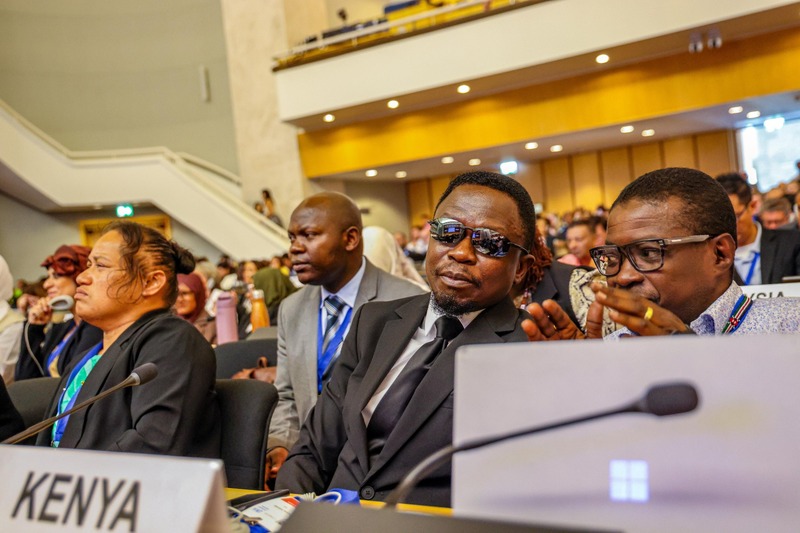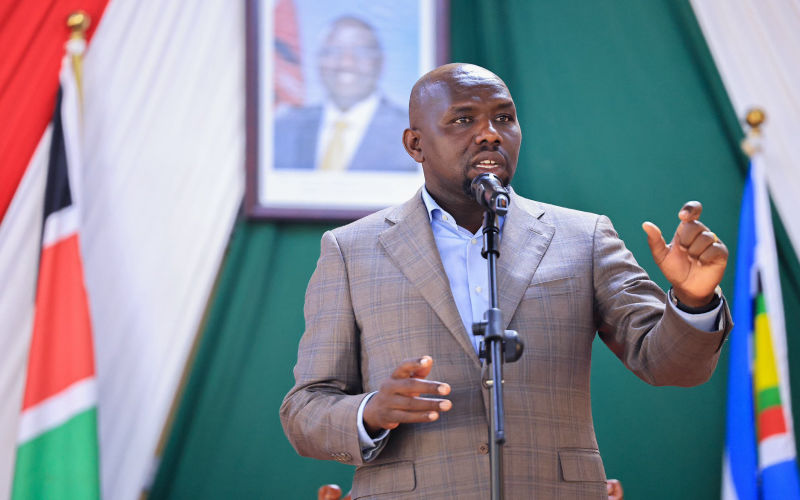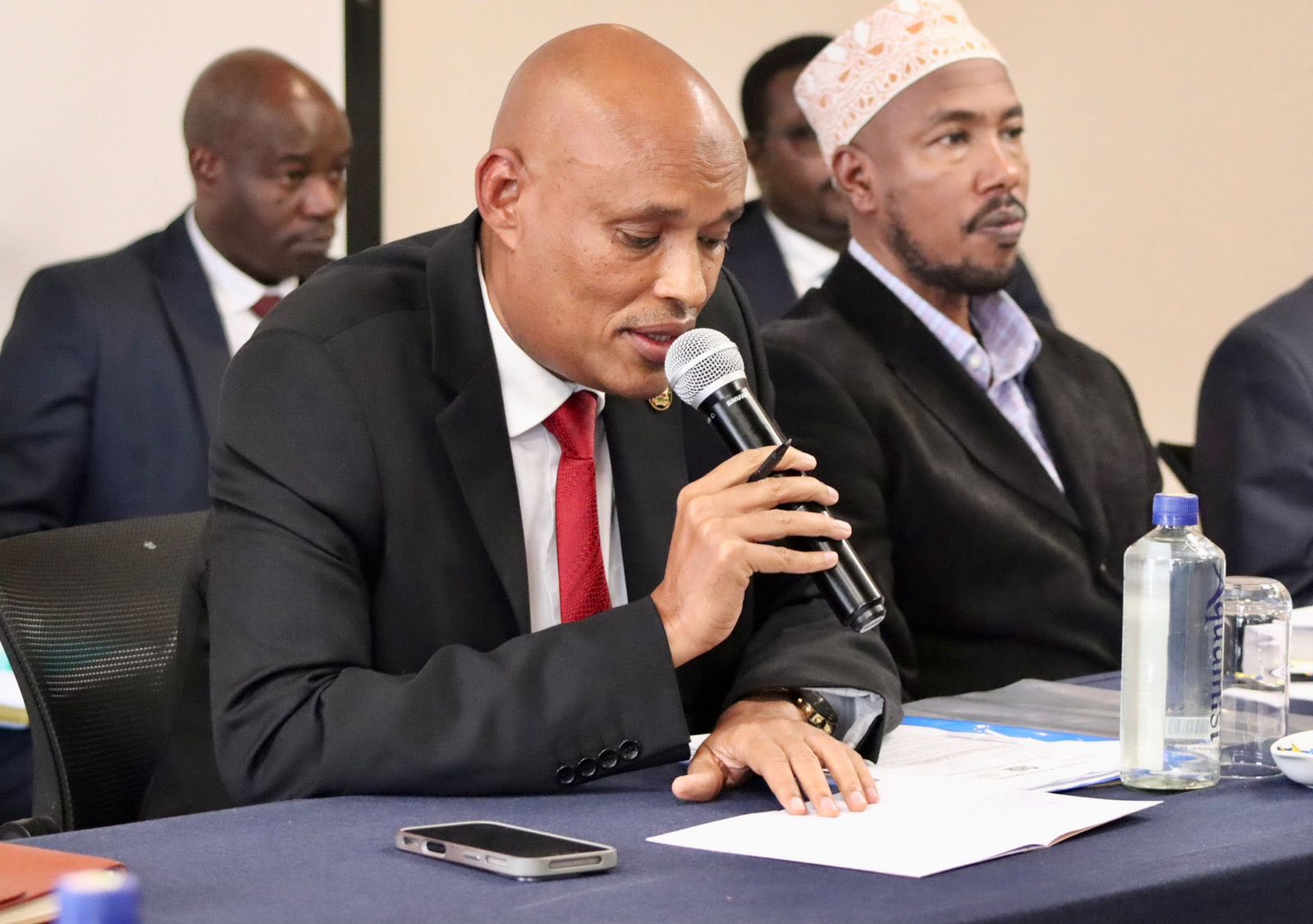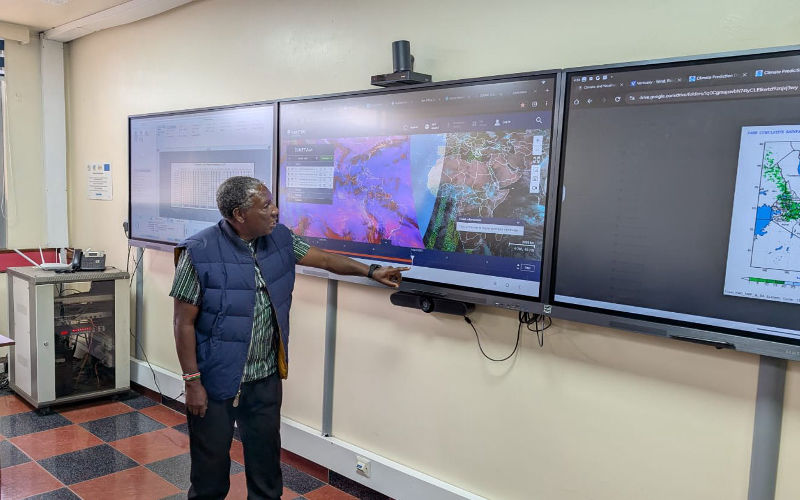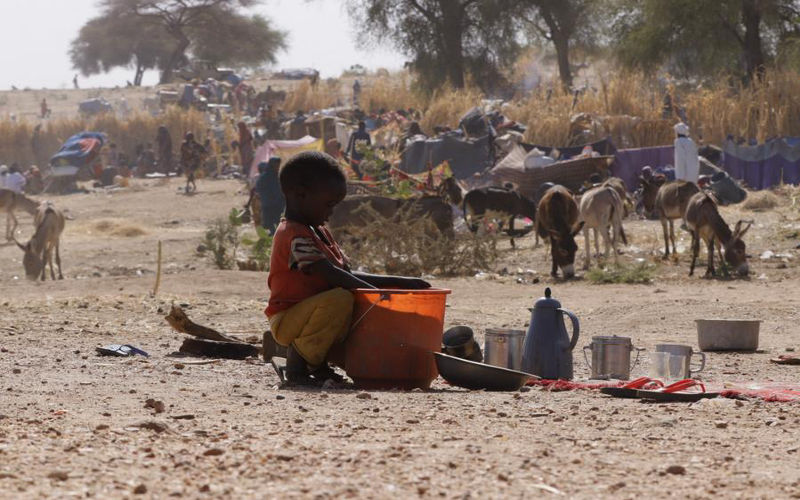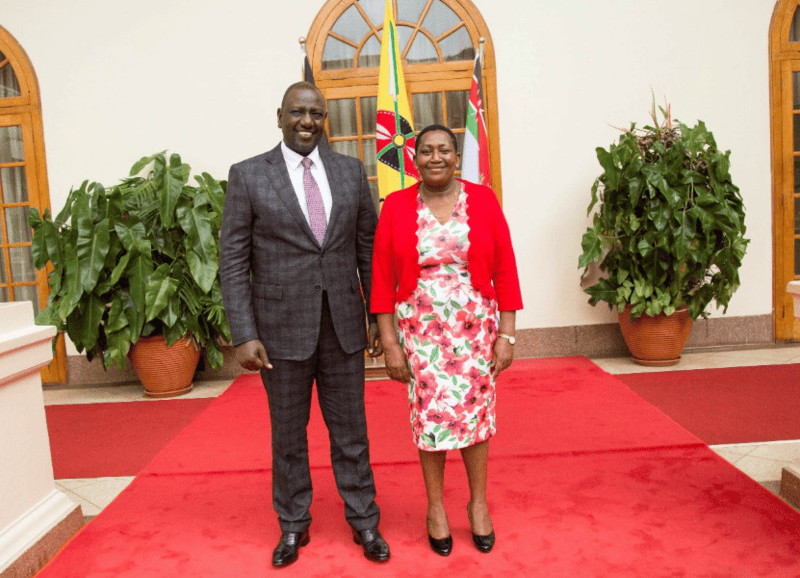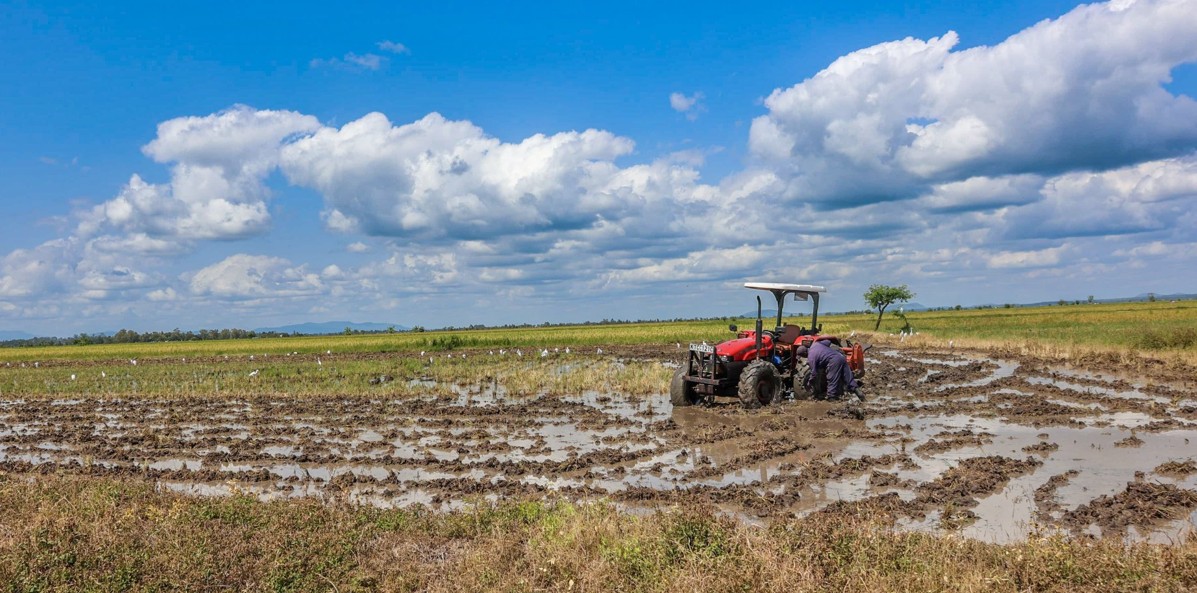Kenya champions the free movement of people in east Africa, but it’s failing immigrants and refugees at home
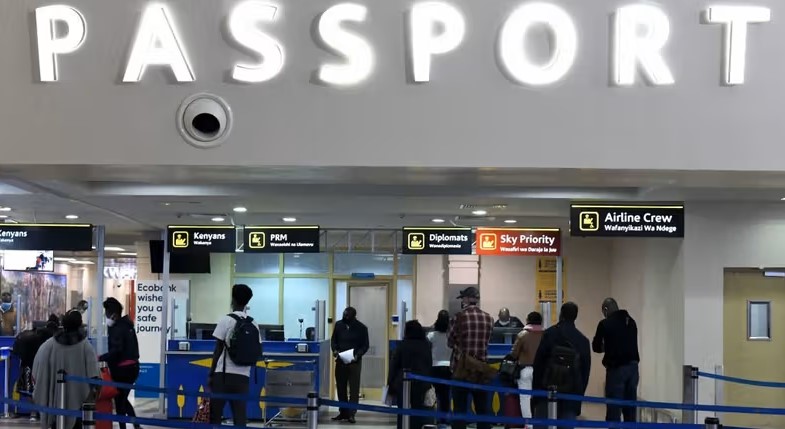
Local governments recognise the significance of migrants’ contributions. In an era of fiscal constraints, thriving migrant businesses, particularly in arid and semi-arid regions, generate tax revenue.
Kenya has played a leading role in lowering barriers to the movement of people in the East African region. It has also made huge strides in protecting Kenyan emigrants working abroad. But there are still gaps in how it creates and implements domestic immigration and employment policies.
In 2023, according to the Visa Openness Report, Kenya moved up from 31st place in Africa for visa openness to 29th place out of 54 African countries. The Africa Visa Openness Index measures the extent to which African countries are open to visitors from other African countries.
More To Read
- Kenya presses Tanzania to scrap ban on foreigners operating small businesses
- Kenya pushes for strict pesticide ban across COMESA bloc
- Kenya calls for governance overhaul as EAC gridlock deepens
- EAC to set up joint taskforce and offender database to curb SGBV, cross-border crimes
- East African Community launches unified customs bond to ease regional trade amid ongoing tensions
- EAC, SADC agree on unified framework to speed up peace process in eastern DRC
This mediocre performance fails to mirror the important role Kenya has played in regional integration in East Africa and the Horn of Africa, which includes the movement of people. It has done this through the East African Community and in the Intergovernmental Authority on Development, the regional structure for the Horn.
But its domestic migration regime has been unevenly implemented. A new study, authored by my co-researcher Michael Mutava, argues that Kenya cannot ignore these gaps.
The introduction of Electronic Travel Authorisation (eTA) to replace the visa system is seen by some as a step backwards. The policy on managing refugees vacillates under different pressures. And the work permit system is widely abused. This sows uncertainty, sapping confidence in the authorities.
Regional integration star
As a founding member of the East African Community (EAC), Kenya has used its strategic location and economic influence to promote integration in the region.
In 2010 the EAC became a Common Market in terms of its Market Protocol which had been signed in 2009. The protocol included a clause on the free movement of persons.
In a similar vein, Kenya has fostered regional stability and integration, including the movement of people, within the Intergovernmental Authority on Development. Kenya appreciates that freer movement is crucial for tackling labour shortages, economic disparities and migration pressures.
Kenya has also made an effort to harmonise its policies with its neighbours so that laws governing trade, labour and capital movement are consistent. It has invested heavily in regional infrastructure, too, to boost cross-border mobility.
In addition, Kenya is a signatory to the free movement protocol of Comesa, the regional economic community that covers much of the eastern side of Africa, and the continent-wide African free movement protocol. It has reduced or removed visa restrictions for Comesa member countries.
Kenya’s government has made bilateral labour agreements with various countries to secure employment and protect migrant workers. Reports of human trafficking, low wage rates, sexual exploitation and unsafe working conditions in the labour markets of Gulf countries prompted government intervention with labour agreements intended to protect worker rights.
Despite these efforts, the lives of some Kenyan migrant workers in the Middle East and elsewhere are plagued with racism and abuse.
More promisingly, the government launched a diaspora policy document in 2015 to address the concerns of all Kenyans working abroad. The policy developed a better mechanism to help citizens abroad with consular services, efficient ways of remitting money home and organising investments.
The policy also enabled citizens to vote while abroad.
In 2021, Kenya became a champion for the Global Compact for Safe, Orderly and Regular Migration. It was the first country in Africa to develop a comprehensive implementation plan.
Gaps in immigrant policies
Kenya’s Immigration Act covers the regulation of migrant entry, residence and departure. The point of the act is to promote orderly migration, strengthen national security and support economic interests by regulating the movement of individuals across Kenya’s borders.
But the country’s immigrant policies are marred by insipid implementation. For example, in 2024 the government scrapped a plethora of visas and replaced them with the electronic travel authorisation (eTA) system. This was touted as a visa-free regime. But the shift wasn’t anchored in law and led to confusion.
Before 2024, 21 African countries could access Kenya visa-free. The new system applied indiscriminately to all countries, except EAC members, depriving them of free access to Kenya.
The agitation led to the removal of application fees for South Africa and Ethiopia while retaining the eTA itself. But the decisions seemed ad hoc, unstructured and unpredictable.
The same uncertainty shrouds the governance of refugees in the country. Laws are fragmented, inconsistent and, in some cases, contradictory. For example, the provision for refugees and asylum seekers to find work is disabled by encampment rules or the complex processes of obtaining work permits.
Ambivalence allows the government to project itself as a champion of migrant and refugee rights on the international stage, while simultaneously capitalising on pockets of anti-migrant sentiment and rhetoric for political gain. Security is an issue, especially since the terrorist massacre in 2013.
For other immigrants, even from the region, the right to employment is a fuzzy area. Inefficiency and corruption lead to the abuse of renewable temporary two-year work permits.
Most Kenyans hold a positive attitude towards foreigners. The nation has served as a haven for refugees fleeing neighbouring conflict-stricken countries for decades and has provided them with humanitarian assistance.
The private sector tailors services to refugees. Equity Bank in Kenya has provided loans to refugees since 2019. Safaricom has made financial inclusion possible through its services. It has also intervened in the education sector by offering Internet and digital educational content geared to facilitate independence from aid.
Local governments recognise the significance of migrants’ contributions. In an era of fiscal constraints, thriving migrant businesses, particularly in arid and semi-arid regions, generate tax revenue.
Civil society organisations are generally protective of refugees. Beyond opposing harsh policies, they have sometimes wielded influence on government decisions. They act as watchdogs and advocates holding the government and policymakers accountable for fulfilling their obligations towards migrants.
In 2013, following a terror attack in Kenya, the government issued a directive to force all urban refugees and asylum seekers into designated camps. The Legal Advice Centre, a prominent not-for-profit organisation, and other groups presented the matter in court and had the decision annulled.
The same feat was repeated in 2016 when the government tried to shut down refugee camps without procedure.
Where necessary, the Kenyan judiciary offers a sound recourse to justice as enshrined in the constitution. The evolving relationship between the independent judiciary and the legal profession has led to significant advancements in legal doctrine and has improved the migration governance ethos.
What remains is for the government to implement a more coherent set of policies.
Top Stories Today
